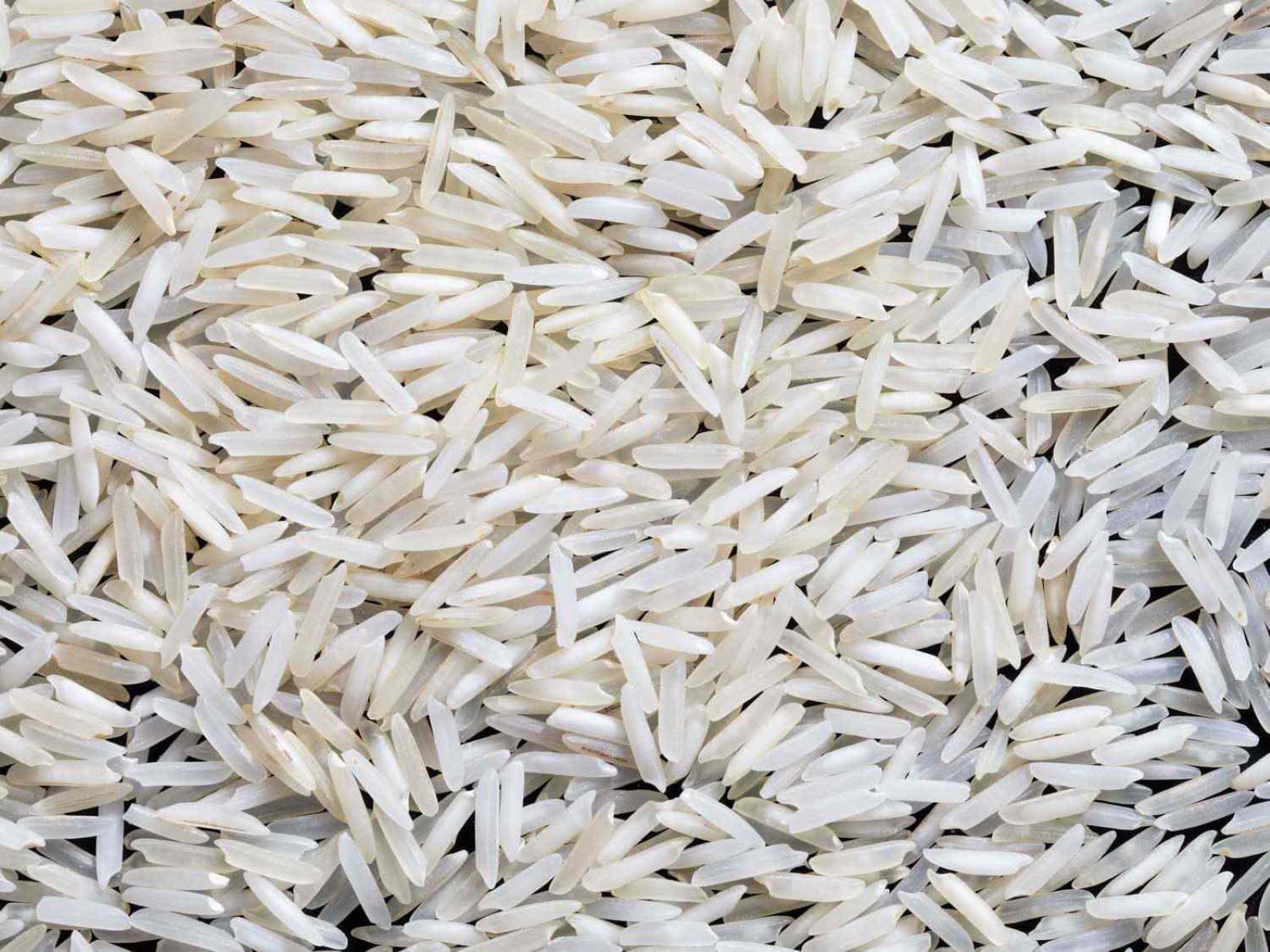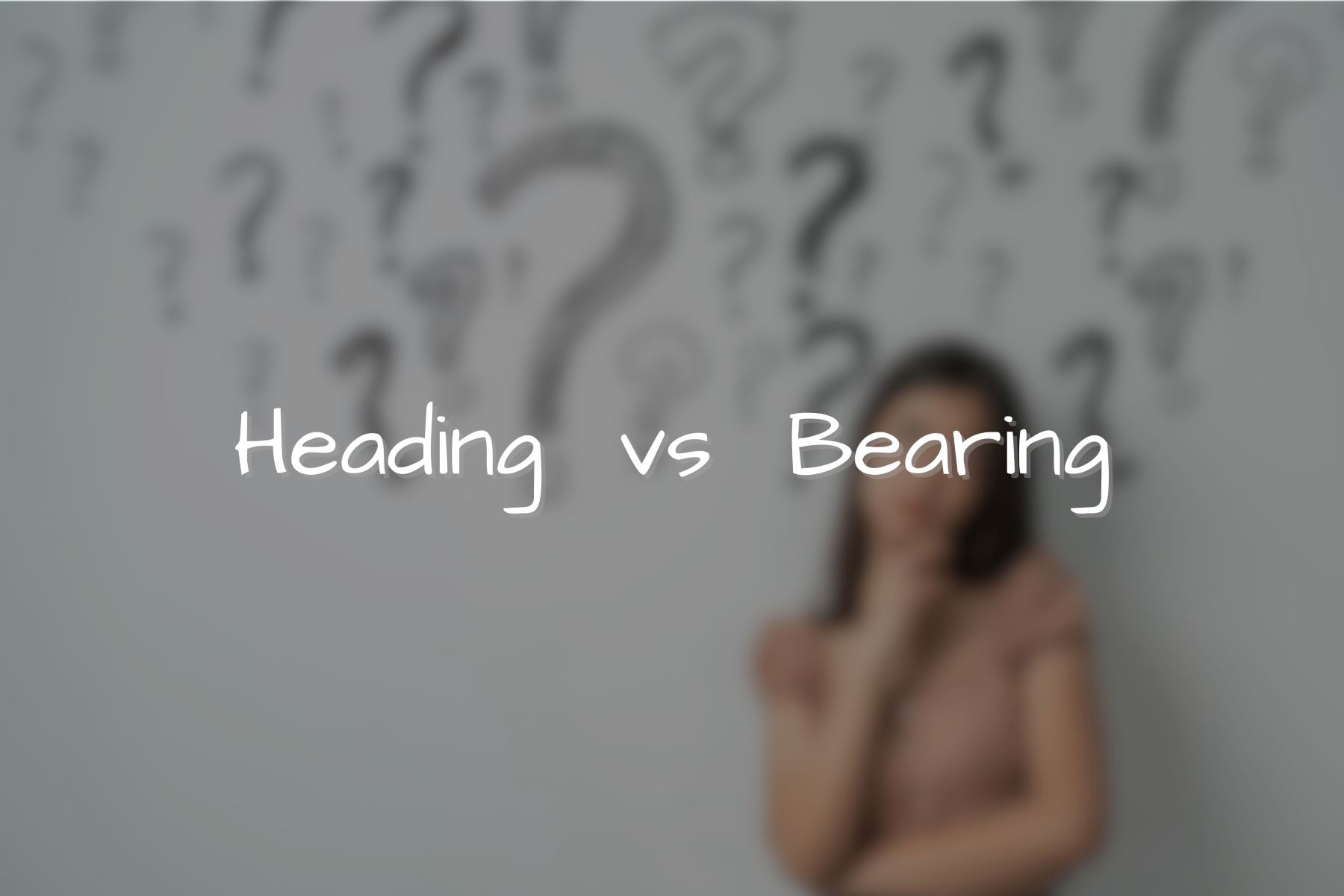Home>Food and Cooking>The Surprising Difference Between Biryani Rice And Idli/Dosa Rice


Food and Cooking
The Surprising Difference Between Biryani Rice And Idli/Dosa Rice
Published: January 7, 2024
Discover the key distinctions between biryani rice and idli/dosa rice in this insightful guide to food and cooking. Uncover the unique properties and best uses of each type of rice.
(Many of the links in this article redirect to a specific reviewed product. Your purchase of these products through affiliate links helps to generate commission for Regretless.com, at no extra cost. Learn more)
Table of Contents
Introduction
When it comes to cooking, the type of rice used can significantly impact the flavor, texture, and overall experience of a dish. In the world of Indian cuisine, two popular varieties of rice stand out: Biryani rice and Idli/Dosa rice. While both are integral to South Asian culinary traditions, they serve distinct purposes and possess unique characteristics that set them apart. Understanding the differences between these two types of rice can elevate your cooking prowess and deepen your appreciation for the diverse and rich tapestry of Indian cuisine.
Now, let's delve into the intriguing world of Biryani rice and Idli/Dosa rice, exploring their individual traits, culinary uses, and nutritional profiles. By unraveling the nuances of these rice varieties, we can uncover the secrets behind the delectable flavors and textures that grace the plates of countless food enthusiasts around the globe.
What is Biryani Rice?
Biryani rice, also known as Basmati rice, is a long-grain variety revered for its aromatic fragrance, delicate texture, and elongated grains that remain separate when cooked. This premium rice is a staple in Indian and South Asian cuisine, particularly in the preparation of Biryani, a fragrant and savory rice dish layered with spiced meat or vegetables. The distinct nutty aroma and flavor of Basmati rice can elevate the overall sensory experience of a Biryani, making it a quintessential ingredient in this beloved culinary creation.
The cultivation of Basmati rice is deeply intertwined with the agricultural heritage of the Indian subcontinent. Grown in the fertile plains of the Himalayan region, Basmati rice thrives in the unique climate and soil conditions, contributing to its exceptional quality and flavor. The grains are slender and elongated, with a characteristic pearly-white hue that exudes elegance and sophistication.
Notably, Basmati rice undergoes a meticulous aging process to enhance its flavor and aroma. This aging period allows the grains to mature, resulting in a richer and more pronounced fragrance that sets Basmati apart from other rice varieties. When cooked, Biryani rice retains its individual grains, imparting a light and fluffy texture that effortlessly absorbs the aromatic spices and savory juices of the Biryani dish.
In addition to its culinary allure, Basmati rice offers a delightful nutritional profile. It is naturally gluten-free and low in fat, making it a wholesome choice for individuals seeking a balanced diet. Furthermore, Basmati rice contains essential nutrients such as carbohydrates, protein, and B vitamins, adding a nourishing element to the delectable indulgence of Biryani.
In essence, Biryani rice, with its alluring fragrance, distinct texture, and cultural significance, serves as the cornerstone of the cherished Biryani dish. Its exceptional qualities contribute to the creation of a culinary masterpiece that delights the senses and brings people together in the joy of savoring a time-honored tradition.
What is Idli/Dosa Rice?
Idli/Dosa rice, also known as parboiled rice or idli rice, is a staple in South Indian cuisine, revered for its versatility and unique characteristics. This variety of rice is distinct from the long-grain Basmati rice commonly used in Biryani and other North Indian dishes. Idli/Dosa rice is integral to the preparation of two iconic South Indian delicacies: Idli and Dosa.
Unlike traditional white rice, Idli/Dosa rice undergoes a specialized parboiling process that sets it apart. During parboiling, the rice grains are partially boiled in the husk, which helps retain the nutrients present in the outer layer of the grain. This process also enhances the firmness and resilience of the grains, making them well-suited for the preparation of soft, fluffy Idlis and crispy, golden-brown Dosas.
The texture of Idli/Dosa rice is notably different from that of Biryani rice. When ground into a batter for Idli or Dosa, it yields a smooth consistency that is essential for achieving the desired texture and flavor of these beloved South Indian dishes. The unique parboiling process imbues the rice with a slightly firmer texture, allowing it to hold its shape while being steamed for Idlis or spread thinly and crisped for Dosas.
In addition to its culinary applications, Idli/Dosa rice offers a wholesome nutritional profile. It is a rich source of carbohydrates, providing sustained energy that is vital for the active lifestyles prevalent in South India. Furthermore, the parboiling process enhances the rice's nutrient content, resulting in higher levels of B vitamins and minerals compared to regular white rice. This makes Idli/Dosa rice a nourishing choice for individuals seeking a balanced and wholesome diet.
In essence, Idli/Dosa rice stands as a testament to the rich culinary heritage of South India, embodying the artistry and tradition of creating delightful delicacies that have captivated food enthusiasts worldwide. Its unique parboiled nature, distinct texture, and nutritional benefits make it an indispensable ingredient in the timeless allure of South Indian cuisine.
Nutritional Differences
When comparing the nutritional attributes of Biryani rice and Idli/Dosa rice, it becomes evident that these two varieties offer distinct benefits that cater to diverse dietary preferences and culinary traditions. Basmati rice, commonly used in Biryani, boasts a subtle yet compelling nutritional profile. It is naturally gluten-free and low in fat, making it an ideal choice for individuals seeking a balanced and wholesome diet. Additionally, Basmati rice contains essential nutrients such as carbohydrates, protein, and B vitamins, contributing to its nourishing appeal. These nutritional elements align with the dietary needs of individuals seeking sustained energy and vital nutrients to support an active lifestyle.
On the other hand, Idli/Dosa rice, with its unique parboiled nature, presents a distinct nutritional composition that sets it apart from Biryani rice. The parboiling process enhances the nutrient content of the rice, resulting in higher levels of B vitamins and minerals compared to regular white rice. This nutritional advantage makes Idli/Dosa rice an appealing choice for individuals looking to incorporate essential vitamins and minerals into their diet while savoring the beloved South Indian delicacies it helps create. The rich source of carbohydrates offered by Idli/Dosa rice aligns with the dietary preferences prevalent in South India, where sustained energy is essential for the active lifestyles embraced by many.
In essence, the nutritional differences between Biryani rice and Idli/Dosa rice reflect the diverse dietary needs and culinary traditions they cater to. While Basmati rice provides a nourishing foundation for the aromatic and savory Biryani dish, Idli/Dosa rice stands as a testament to the wholesome and nutrient-rich offerings of South Indian cuisine. By understanding these nutritional disparities, individuals can make informed choices that align with their dietary preferences and nutritional goals, embracing the rich tapestry of flavors and nutrients woven into the fabric of Indian culinary heritage.
Cooking Differences
The cooking differences between Biryani rice and Idli/Dosa rice are as distinct as the culinary masterpieces they help create. When it comes to preparing Biryani, the focus is on achieving perfectly cooked, separate grains that are infused with the aromatic spices and savory essence of the dish. Basmati rice, with its long, slender grains and delicate texture, requires a gentle touch and precise cooking methods to preserve its inherent qualities. The process of cooking Biryani rice involves rinsing the grains to remove excess starch, which can cause clumping, and then soaking them to enhance their elongated and fluffy texture. Once prepared, the rice is layered with the spiced meat or vegetables, allowing it to absorb the rich flavors and aromas, resulting in a harmonious fusion of textures and tastes that define the Biryani experience.
In contrast, the preparation of Idli and Dosa hinges on harnessing the unique properties of parboiled rice to achieve the desired textures and flavors. Idli/Dosa rice, with its slightly firmer texture due to the parboiling process, undergoes a meticulous soaking and grinding process to create a smooth batter that forms the foundation of soft, steamed Idlis and crispy, golden-brown Dosas. The batter is fermented to develop its characteristic tangy flavor, contributing to the distinct sensory experience of these South Indian delicacies. The steaming of the Idli batter and the thin spreading and griddling of the Dosa batter require precision and skill to achieve the desired textures and flavors that have made these dishes beloved staples in South Indian cuisine.
The cooking differences between Biryani rice and Idli/Dosa rice underscore the artistry and precision involved in preparing these iconic dishes. While Biryani rice demands a delicate approach to preserve its individual grains and absorb the essence of the savory Biryani, Idli/Dosa rice requires a meticulous process of soaking, grinding, and fermenting to yield the soft, fluffy Idlis and crispy Dosas that have garnered widespread acclaim. By understanding these cooking disparities, aspiring chefs and culinary enthusiasts can embark on a flavorful journey that celebrates the diverse techniques and traditions woven into the fabric of Indian cuisine.
Conclusion
In conclusion, the exploration of Biryani rice and Idli/Dosa rice unveils a captivating tapestry of culinary artistry, cultural significance, and nutritional diversity deeply embedded in the rich heritage of Indian cuisine. The distinct characteristics of Basmati rice, celebrated for its delicate fragrance and separate, elongated grains, underscore its pivotal role in creating the aromatic and savory masterpiece that is Biryani. On the other hand, the parboiled nature of Idli/Dosa rice, with its unique texture and nutrient-rich composition, forms the foundation of the beloved South Indian delicacies, Idli and Dosa, captivating palates with their soft, fluffy textures and delightful flavors.
Beyond their culinary applications, the nutritional disparities between these rice varieties reflect the diverse dietary needs and cultural traditions they cater to. Basmati rice offers a nourishing foundation for the savory indulgence of Biryani, aligning with the dietary preferences of individuals seeking sustained energy and essential nutrients. Conversely, Idli/Dosa rice presents a wholesome and nutrient-rich option that complements the active lifestyles prevalent in South India, providing vital carbohydrates, B vitamins, and minerals essential for overall well-being.
Moreover, the cooking disparities between Biryani rice and Idli/Dosa rice highlight the intricate techniques and precision essential to crafting these iconic dishes. The meticulous process of cooking Biryani rice aims to preserve its individual grains while harmonizing with the savory spices, resulting in a symphony of textures and flavors. In contrast, the preparation of Idli and Dosa hinges on harnessing the unique properties of parboiled rice to achieve the desired textures and flavors that have captivated food enthusiasts worldwide.
By unraveling the nuances of Biryani rice and Idli/Dosa rice, individuals can embark on a flavorful journey that celebrates the diverse techniques, traditions, and nourishing elements woven into the fabric of Indian cuisine. Whether savoring the fragrant allure of Biryani or indulging in the comforting embrace of Idli and Dosa, these rice varieties stand as testaments to the artistry, cultural heritage, and wholesome nourishment that define the captivating allure of Indian culinary traditions.














